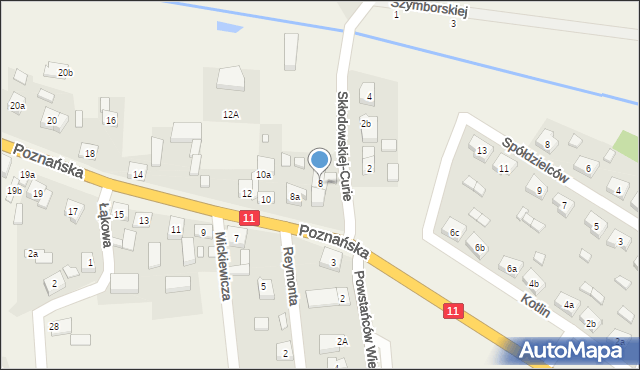

That is the most important thing to remember about Python. To sum up, map() is usually useful for one-to-one mappings, while flatMap() is more useful for flattening one-to-many mappings. Specifically, they are an ordered collection of elements with every value being of the same data type. Now, if we have an Order, we can use map() to find the name of each item : val orders = listOf( Order("Tomato", 2), Order("Garlic", 3), Order("Chives", 2) ) val names = order.map Conclusion For example, let’s suppose each order consists of many order lines as its detailed purchase items: class Order(val name: String, val price: Int) This function is usually useful in one-to-one mapping situations. The returned list consists of lengths of strings in input list.Map() is an extension function in Kotlin that is defined as: fun Iterable.map(transform: (T) -> R): List.Note: The forEach () method is not the same as the for-each loop. To learn more about lambda expression, visit Java Lambda Expressions. the lambda expression reduces each value by 10 and prints all the keys and reduced values. byte buffers, and Lists and Maps of these (see StandardMessageCodec for details). Define a transform that returns the length for a given string. the forEach () method performs the action specified by lambda expression for each entry of the hashmap. Kotlin or Java on Android Swift or Objective-C on iOS C++ on Windows. Iterate over a map in Kotlin This article explores different ways to iterate over a map in Kotlin.The interesting part about a map is that its. And performs the transformation from it to it * it. A map dictates that your collection cant contain duplicate keys, and each key is mapped to one value. The transform take an Int and returns an Int. Transforming Maps Like other collection types in Kotlin, there are many ways of transforming maps for the needs of our application. Kotlin map supports efficiently retrieving the value for the corresponding key.

The keys are unique in a map while for each key there can be one value. Maps are used to hold the pairs of objects in the form of key/value. A collection that holds pairs of objects (keys and values) and supports efficiently retrieving the value corresponding to each key. Call map() function on this list, and pass transformation as argument the function. The Kotlin map collection The map is an interface and a collection in Kotlin.Define a transformation to return the square of the number.If you want to iterate on all values ignoring the keys you can do gpunto at 17:15 Add a comment 1 Answer Sorted by: 4 There's myMap.keys and myMap.values if you just want to iterate over one of those.

Similar to lists, the mapOf() function is used to create a general map where key. A map only has a single value for each key.
The Kotlin List.map() function returns a list containing the results of applying the given transform function to each element in the original list. In Kotlin immutable maps are created using mapOf() and mapOf

 0 kommentar(er)
0 kommentar(er)
